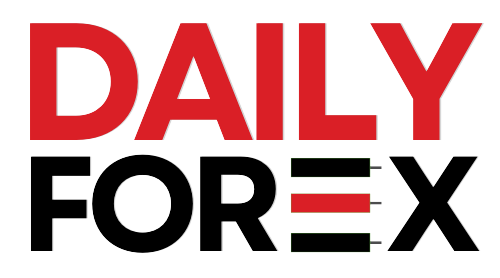A Bitcoin transaction is the digital movement of BTC from one wallet address to another, recorded permanently on the blockchain. But what actually happens behind the scenes when you send or receive bitcoin?
In this guide from DailyForex.pk, we break down the full process — from clicking “Send” on your wallet to getting confirmation on the blockchain. Let’s simplify how Bitcoin transactions really work.
📥 Step 1: Initiating the Transaction
Let’s imagine Ironman wants to send 1 BTC to Batman.
Ironman opens his Bitcoin wallet (a mobile or desktop software) and requests Batman’s Bitcoin address. He copies the address and enters 1 BTC to send.
Once confirmed, Ironman’s wallet uses his private key to digitally sign the transaction. This digital signature is unique and proves he’s the owner of the bitcoins being sent.
🌐 Step 2: Broadcasting to the Bitcoin Network
After the transaction is signed, it’s broadcasted to the Bitcoin network via a node (a computer running Bitcoin software). The transaction message includes:
- Sender’s public key
- Recipient’s address
- Amount of BTC
- The digital signature
All this data is sent to the network, where nodes verify the transaction independently.
✅ Step 3: Validation by Nodes
Once a node receives the transaction:
- It checks if Ironman has enough BTC.
- It confirms the digital signature is valid.
- It ensures the transaction hasn’t already been spent.
If the transaction passes, it’s shared across the Bitcoin network.
💾 Step 4: The Mempool (Pending Transactions)
The transaction is now in a queue called the mempool — a waiting room for unconfirmed transactions.
It remains here until a Bitcoin miner includes it in a new block.
⛏️ Step 5: Miners and Block Creation
Miners collect valid transactions from the mempool and bundle them into a block.
To publish the block on the blockchain, miners must solve a complex mathematical puzzle. This process is called Proof of Work.
The first miner to solve the puzzle:
- Adds the block to the blockchain
- Earns a block reward (currently 6.25 BTC)
- Confirms all the transactions inside that block
🔁 Step 6: Block Propagation and Confirmation
Once a block is mined:
- It is sent to all nodes across the network
- Each node verifies the block and updates its copy of the blockchain
- The transaction inside the block is now confirmed
Every additional block added afterward counts as another confirmation. For higher security, most exchanges and services require 6 confirmations before fully considering the transaction final.
💡 From User Perspective: It’s Simple
Although this sounds complex, for Ironman and Batman, all they see is:
- Ironman hits “Send”
- Batman sees the BTC in his wallet after confirmation
Everything else happens in the background — automated and secure.
🔍 A Quick Recap of Bitcoin Transaction Flow
| Step | What Happens |
|---|---|
| 1️⃣ | User creates and signs a transaction |
| 2️⃣ | Transaction is sent to a node |
| 3️⃣ | Nodes verify transaction validity |
| 4️⃣ | Transaction enters the mempool |
| 5️⃣ | Miners include it in a block |
| 6️⃣ | The block is mined and added to blockchain |
| 7️⃣ | All nodes update the blockchain and confirm the transaction |
🚀 Why It Matters
Understanding how Bitcoin transactions work helps you:
- Use crypto wallets safely
- Avoid scams and double-spending
- Track confirmation status using block explorers
- Appreciate Bitcoin’s decentralized trust model
Stay tuned on DailyForex.pk as we continue breaking down the world of crypto — one block at a time.




![How Does a Bitcoin Transaction Work? [Complete Beginner’s Guide] Step-by-step visual of how a Bitcoin transaction works on the blockchain for beginners.](https://dailyforex.pk/wp-content/uploads/2025/04/btc-transaction-copy-1024x1024.png)